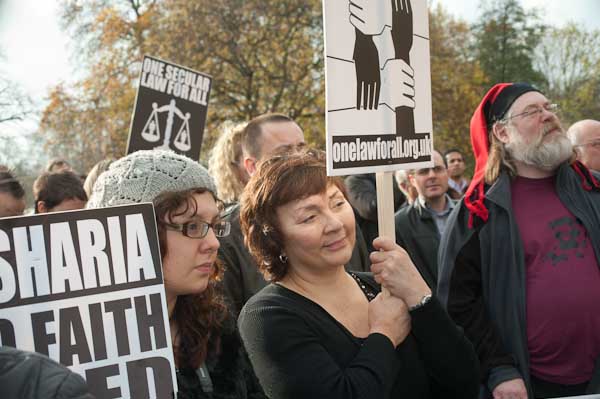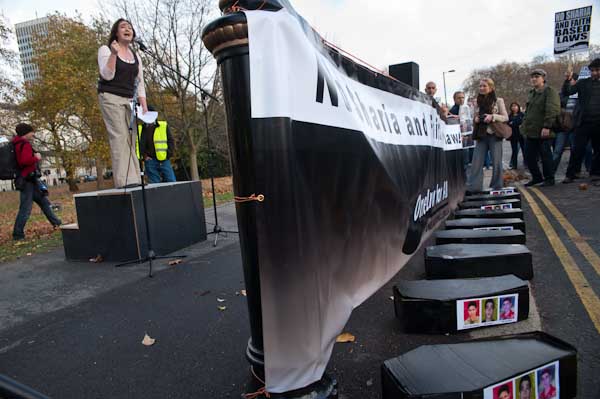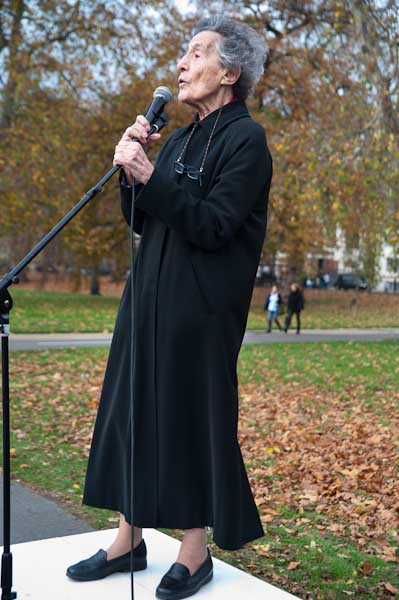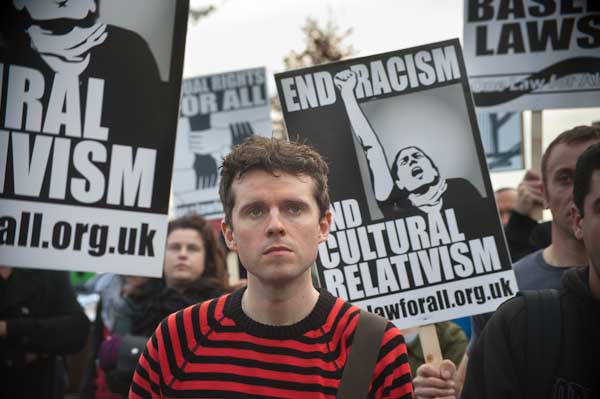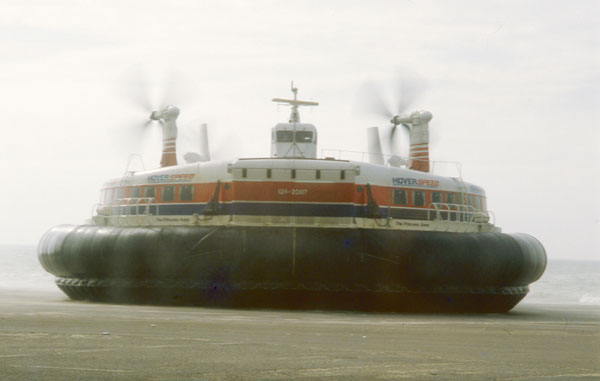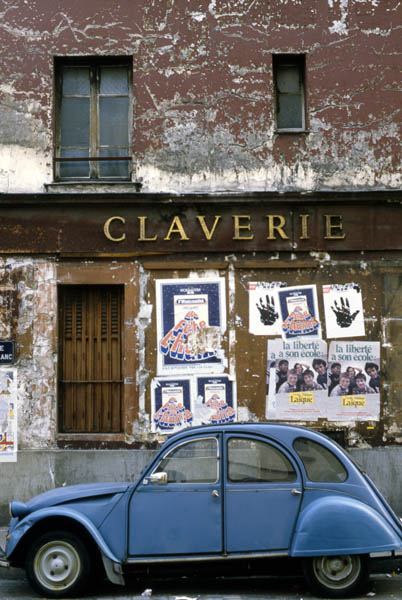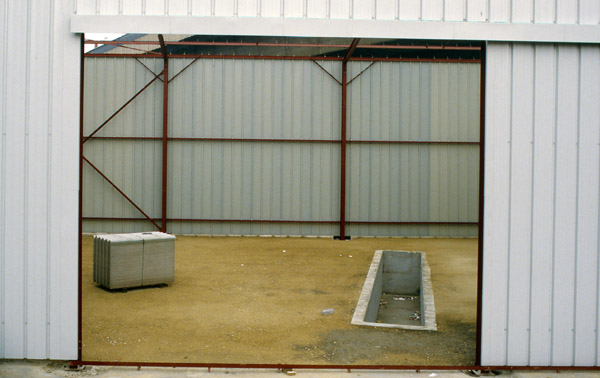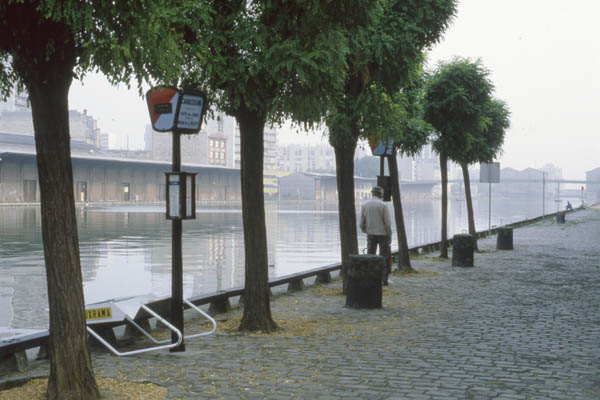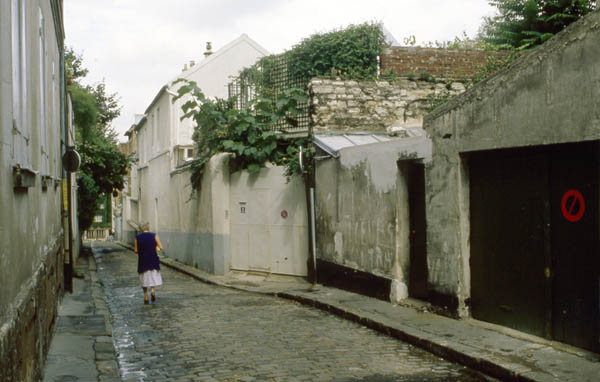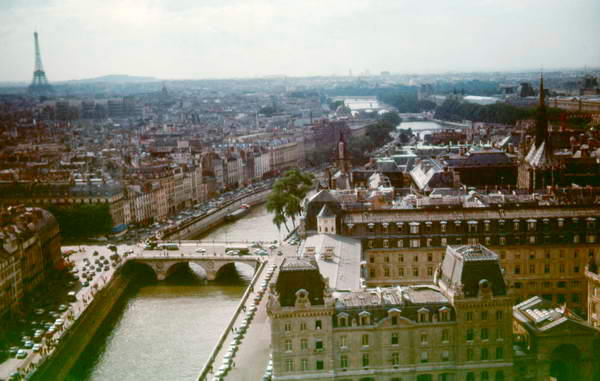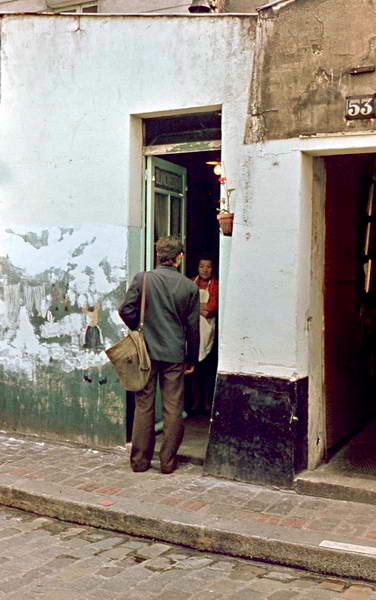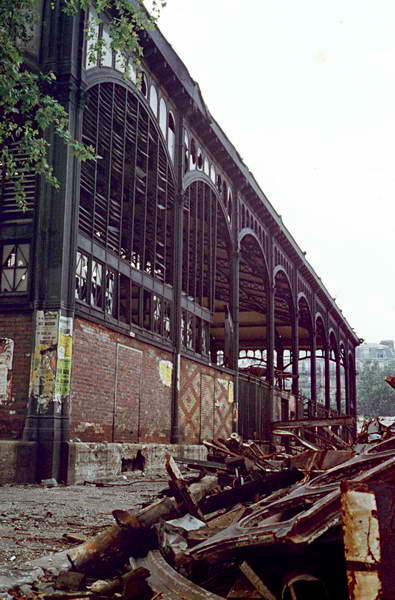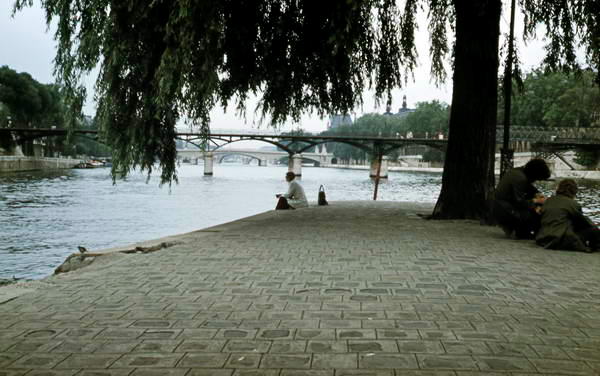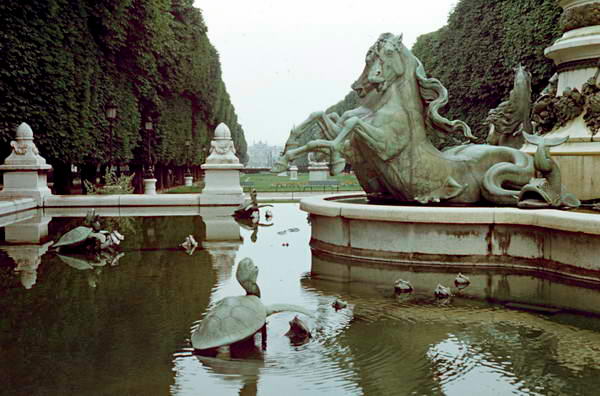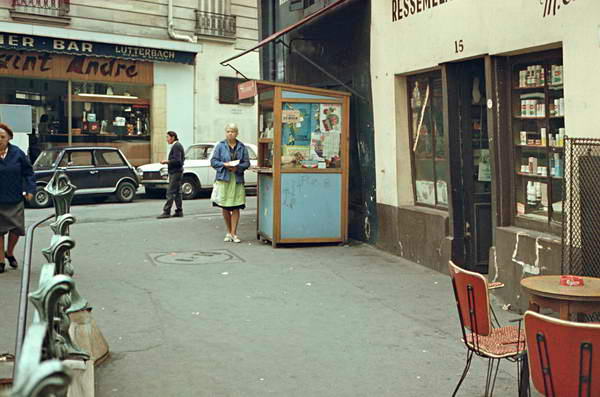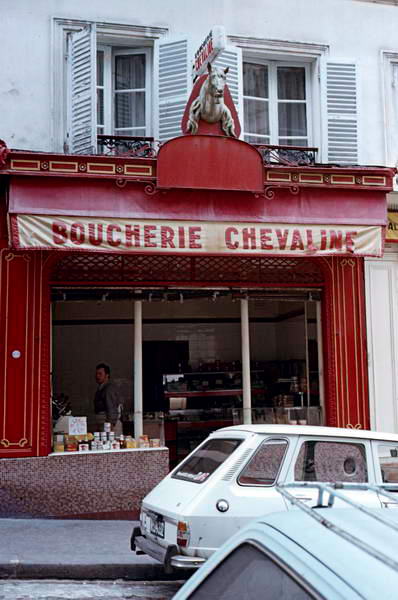When I was fairly new to practical photography, back in the 1970s, I came across a slim volume which, rather amazingly, was tucked away on a shelf in my local library. They didn’t have a large photographic section – I can only remember one other book, but, equally amazingly, that was Paul Strand‘s ‘Living Egypt.’
The very slim volume was an early edition of ‘The Print‘ by Ansel Adams, and very soon I was myself the proud owner of the latest 1968 edition of the same work, the bible for anyone wishing to become a master printer. Of course some things, even then were outdated and some materials that he mentioned not available in the UK, but although it covers the whole process of making photographic prints in great detail, it was always the principles that mattered.
From that book I taught myself to print, although other aids soon came along, and another vital step was a pilgrimage up Muswell Hill to the store above the pharmacy where Peter Goldfield had begun to import that holy grail of black and white printing papers, Agfa Record Rapid, and later with his partner Martin Reed, produced the Goldfinger craft book. Martin went on to found Silverprint, still in business selling fine photographic materials a few minutes walk from Waterloo station – and the Goldfinger book can still be download from the site as a pdf.
Darkrooms certainly had a magic, perhaps still have it, although we’ve seen some great losses – particularly when cadmium was taken out of many papers, making Record Rapid just another paper. Of course there were also advances, and in particular Ilford’s Multigrade papers giving a flexibility that almost persuaded me it was no longer vital to have two developer baths. And personally discovering that with sodium lighting carefully adjusted to avoid any fog that darkrooms didn’t need to be dark any more.
It wasn’t long before one or two people were asking me if I would print their work, and I briefly considered setting up as a photographic printer. But only very briefly, because although I enjoyed the challenge of printing my own work, I really did not wish to spend more of my life in the darkroom. And perhaps also because I knew there were people who did it so much better.
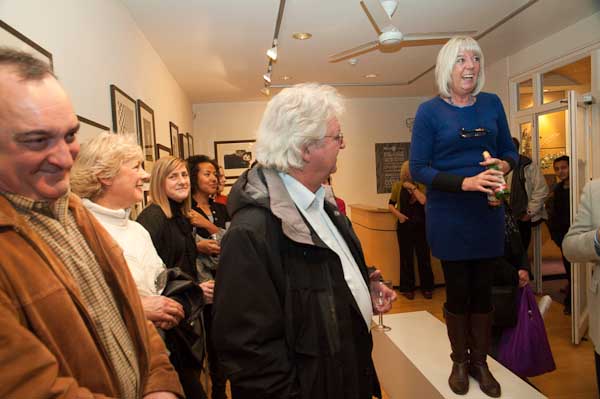
The current show at Photofusion – until 27 Jan 2010 – celebrates the art of arguably Britain’s finest photographic printer, Bill Rowlinson, who died in 2008, aged 78, leaving his collection of prints to Photofusion.
Many of us have worked late in the darkroom, making exposure after exposure trying to perfect the dodging and burning or the contrast of an area of a print, only to find once the prints are toned, washed and dried that the difference that seemed so critical in the safelight are hard if not impossible to discern in daylight, and I suspect that some of those in his collection may be ‘extras’ produced in this way, but certainly all those on show are excellent examples of the printer’s craft.
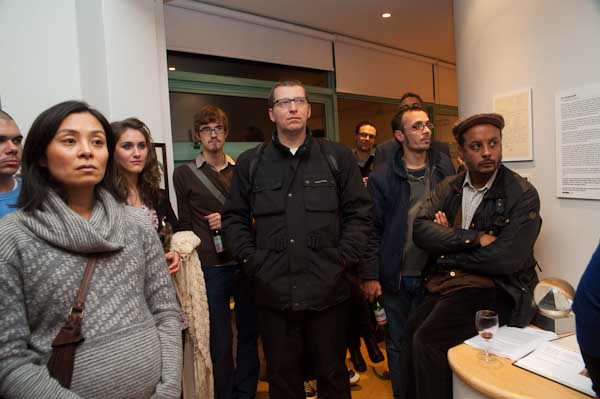
It’s helped of course by the fact that he worked with many of the best photographers around, making his name in the 60s printing for Sarah Moon (who I was delighted to meet and talk to over a couple of days in Bielsko in 2007.) Also in the show are several of his fine prints for Bill Brandt, as well as some works by Julia Margaret Cameron. Not that he was old enough to have actually worked with her (she died in 1879.) These prints will have been made from copy negatives of prints and were made for the Dimbola Trust which runs the museum in her house on the Isle of Wight (although I think from originals in another collection.)
There are also some intriguing pictures Rowlinson printed for the Kobal collection, along with work by other photographers including Barry Lategan, Jon Swannell, Clive Arrowsmith and Jimmy Wormser.
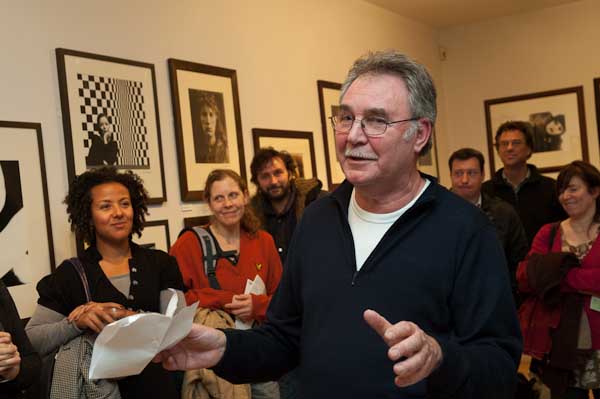
Of course, photography over the past ten years has largely moved to digital, and perhaps the age of the master printer is over. Quite a few of those remaining in London were at the opening last night, including Adrian Ensor, who spoke briefly about Bill Rowlinson at the opening and is appearing in a gallery talk there on 8 December together with Steven Brierley of Ilford and Richard Nicholson to talk further on Rowlinson’s work and “the evolution of photographic printing over the last 40 years.” You can also hear Adrian Ensor talking with Bob Miller about his contacts with Rowlinson and some of his uncoventional techniques on the Silverprint site.
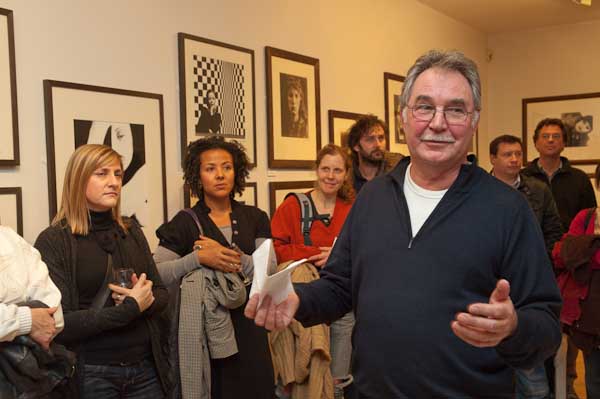
Ilford did much to promote photographic printers in the old days, running their Ilford Printer of the Year award for around 25 years, starting in 1968. This was I think unique in that it gave equal billing – and the same generous prize money – to the photographer and printer. Rowlinson won his first Ilford Printer of the Year Award in 1975. Ilford – now Ilford Photo – formed from the ashes of the former Ilford imaging group by Harman Technology – exists to be “passionate about black and white” and is producing and promoting photography using black and white film and traditional darkroom techniques.
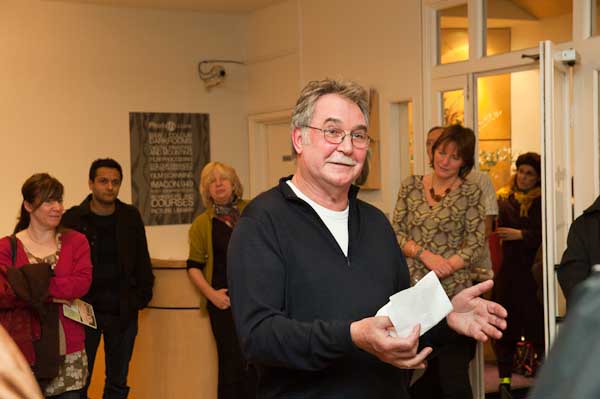
A short visit to the working darkroom at Photofusion brought back memories, but its several years since I’ve ventured into my own darkroom to make a print. Perhaps one day I’ll go back again, but with every advance in inkjet printing I feel it’s less likely.







